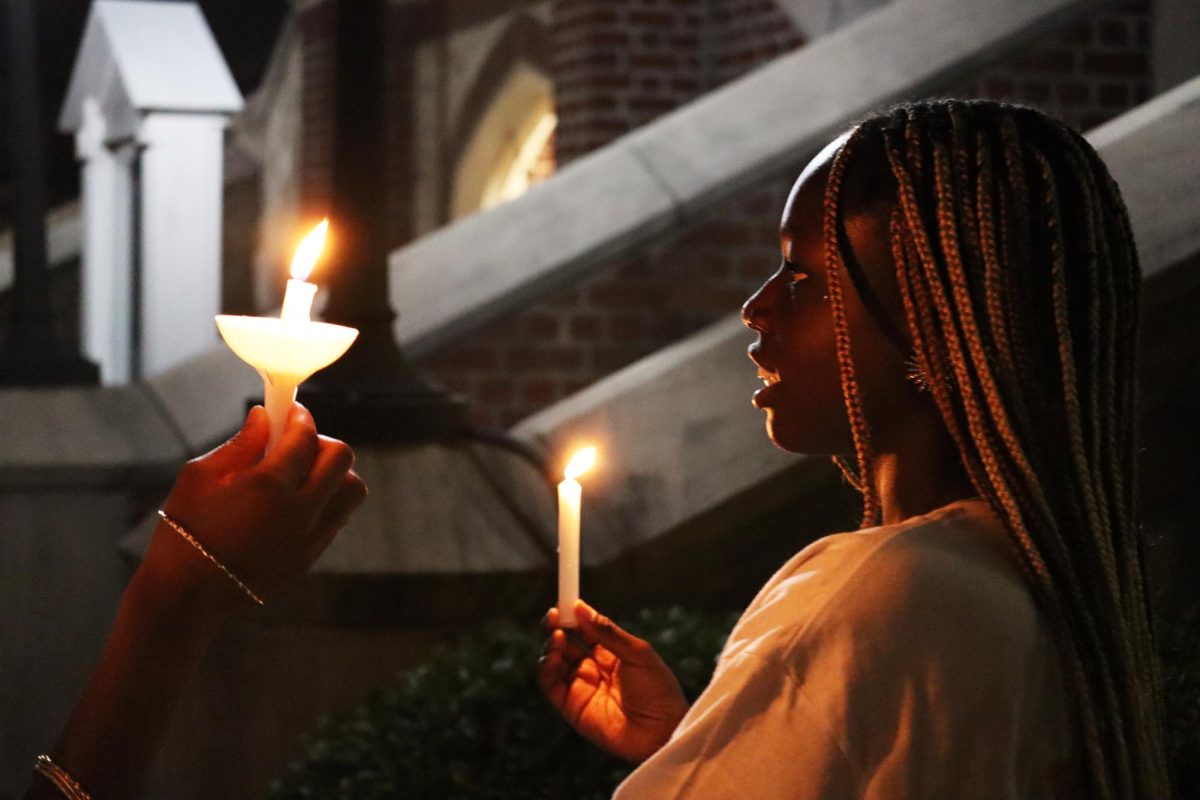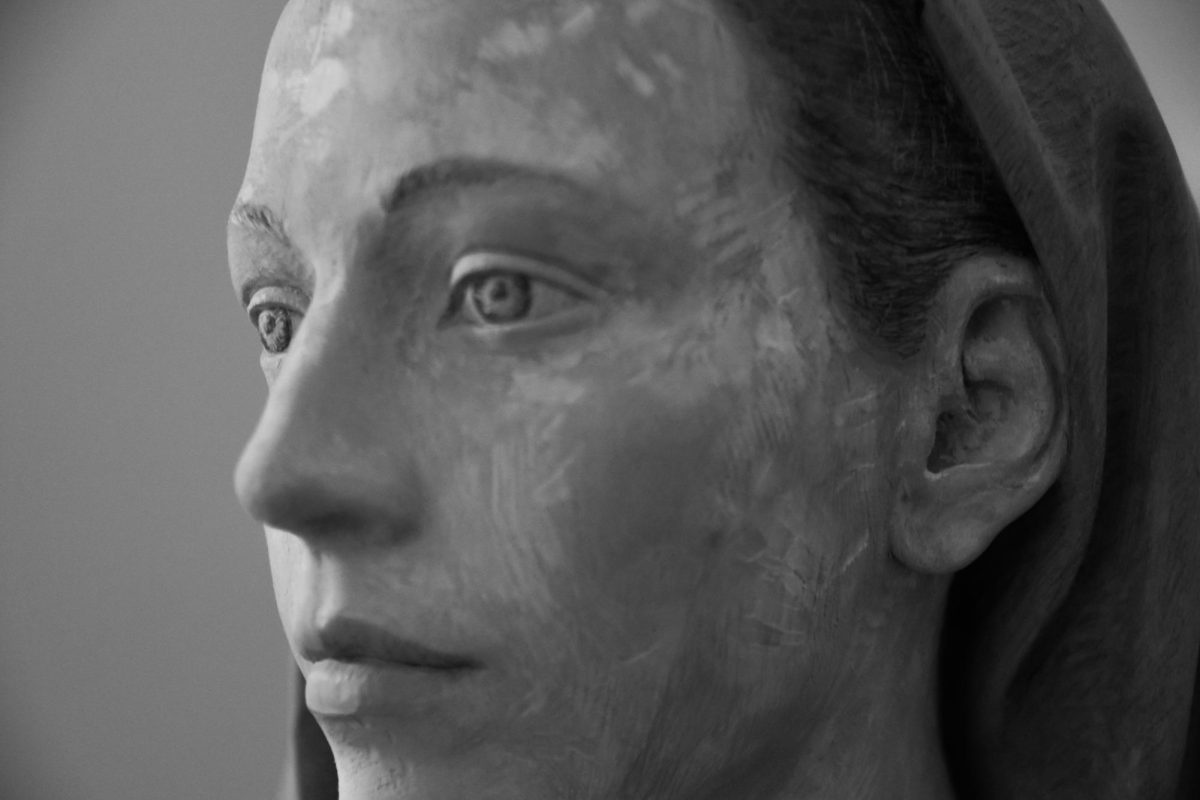One of the big news stories on campus last year was the act of and subsequent reaction to racist vandalism.
A poorly made and remarkably unintelligent flyer, courtesy of a group calling themselves “Students for a White Loyola,” was discovered on a bulletin board in Mercy Hall.
As a result, the university has moved forward with the creation of a multicultural – or intercultural, pick your euphemism – center. However, while acts of racism should be condemned, the university community needs to be wary of the dangers of overreaction. Multiculturalism is a trendy little buzzword, but in reality it is a mixed bag of misguided thinking and policy. If anything, multiculturalism is racism in a new disguise.
Let us start with a definition of racism. This is the belief that skin color or ethnic background determines the identity of a person. Racists make quick stereotypical decisions about a person based on these factors. They ignore the intellectual uniqueness of people and instead of recognizing individuality, make blanket judgments about large demographics or collectives of people.
Now let us look at the aims of multiculturalism. This philosophy wants us to recognize that all people are different because of their skin color or ethnic backgrounds. Multiculturalists want us to ignore what people are individually capable of and associate them with a larger group. Sound familiar yet?
An emphasis on racial diversity and multiculturalism succeeds in drawing attention to the differences we have rather than what we have in common.
Every time I have participated in a “diversity activity,” I have noticed this firsthand. People who were standing comfortably side by side end up lumped together in separate groups according to their physical and cultural differences. They may not have been aware of such differences at the start, but by the end these were all too clear.
It is this same insidious notion that is responsible for affirmative action. In a landmark decision last year, the Supreme Court ruled that race was an acceptable admissions criterion at the University of Michigan Law School. The court ultimately said that the color of one’s skin is just as important, if not more so, as intellect. All people are created equal – except under certain circumstances.
One of the 11 points our center will touch on is “faculty and staff,” according to plans outlined by the Rev. William Byron, S.J., last year. The school will be on very dangerous ground indeed if the goal of “faculty and staff” attention turns out to be affirmative action hiring.
Minority professors are in high demand because of similar hiring practices all around this country. From a financial standpoint, hiring one with qualifications consistent with this school’s dedication to academic excellence would be enormously expensive, a cost that would be reflected in the next tuition hike.
Qualifications are also an issue. Let us assume there is a choice between a non-minority and a minority professor for a new faculty position. They both are very qualified, but the non-minority has slightly better credentials. However, under affirmative action hiring, the school chooses the minority.
Who loses again? The students who have a teacher who is not as good as the one they could have had. But this time, the faculty is also at a disadvantage because they now have a less qualified colleague.
If any diversity is needed on campus, it should deal with stemming the prevalent leftist ideology of the professoriate and not worrying about their skin color.
The people who have done more than anyone else to expose multicultural racism are Thomas Sowell and Walter Williams.
Now, I have only mentioned the possibility that this new multicultural center would embrace and promote these fallacious notions. I could be completely off base and our new center could avoid all of these common pitfalls.
We will have to see how it works in reality. In fact, I hope I am wrong because, if not, then the goal of “Students for a White Loyola” to propagate racism, may already be succeeding.







